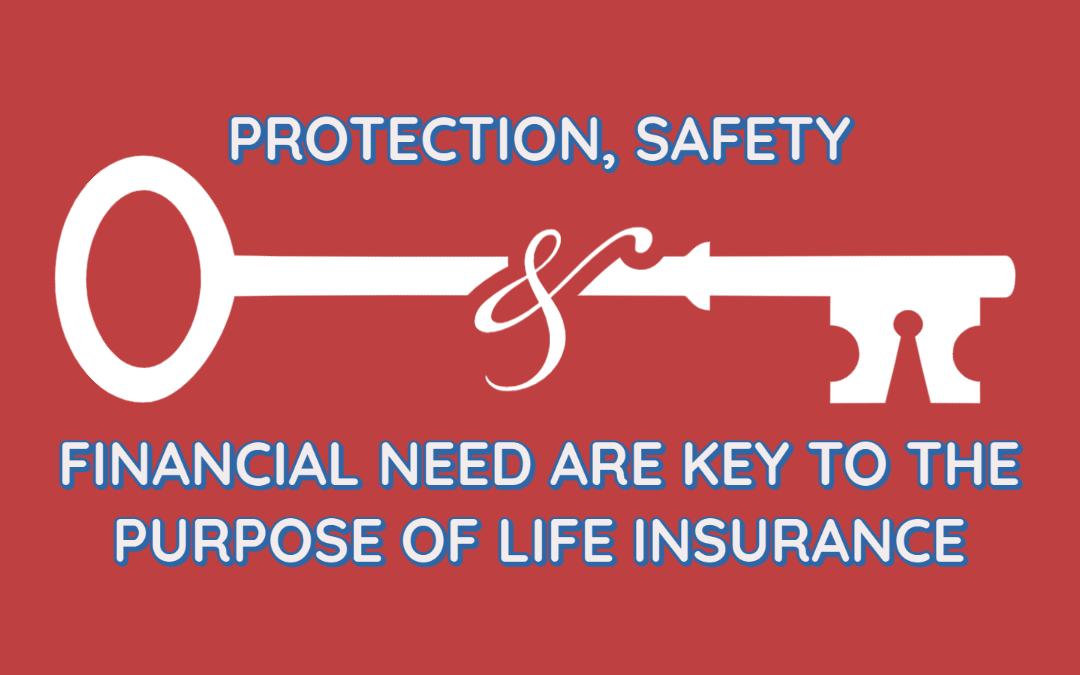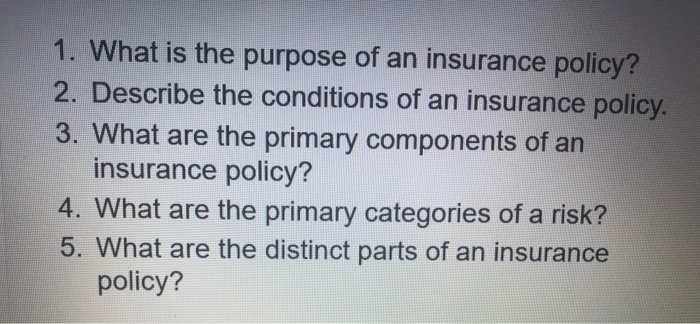Everything about Pacific Prime
Everything about Pacific Prime
Blog Article
6 Easy Facts About Pacific Prime Shown
Table of ContentsThe Facts About Pacific Prime Revealed5 Easy Facts About Pacific Prime ExplainedSome Known Incorrect Statements About Pacific Prime Some Known Details About Pacific Prime The Definitive Guide for Pacific Prime

This is since the information were gathered for a duration of strong economic efficiency. Of the estimated 42 million individuals who were without insurance, just about about 420,000 (about 1 percent) were under 65 years old, the age at which most Americans come to be eligible for Medicare; 32 million were grownups between ages 18 and 65, about 19 percent of all grownups in this age group; and 10 million were youngsters under 18 years of age, regarding 13.9 percent of all youngsters (Mills, 2000).
These price quotes of the number of persons without insurance are generated from the yearly March Supplement to the Current Population Survey (CPS), conducted by the Demographics Bureau. Unless or else kept in mind, nationwide quotes of individuals without medical insurance and percentages of the populace with different type of coverage are based on the CPS, one of the most widely utilized source of quotes of insurance coverage and uninsurance rates.
Little Known Facts About Pacific Prime.

Still, the CPS is especially helpful since it produces annual price quotes reasonably quickly, reporting the previous year's insurance protection approximates each September, and since it is the basis for a consistent set of price quotes for greater than twenty years, enabling for evaluation of fads in insurance coverage with time. For these factors, in addition to the extensive usage of the CPS in various other research studies of insurance policy coverage that are presented in this record, we rely upon CPS estimates, with constraints noted.

The quote of the number of uninsured people expands when a populace's insurance policy status is tracked for numerous years. Over a three-year duration starting early in 1993, 72 million individuals, 29 percent of the U.S. https://www.indiegogo.com/individuals/37416909. population, lacked insurance coverage for at the very least one month. Within a solitary year (1994 ), 53 million individuals experienced at the very least a month without insurance coverage (Bennefield, 1998a)
6 out of every ten uninsured adults are themselves employed. Although functioning does enhance the likelihood that and one's member of the family will certainly have insurance, it is not a warranty. Even participants of family members with 2 permanent breadwinner have almost a one-in-ten opportunity of being uninsured (9.1 percent without insurance rate) (Hoffman and this link Pohl, 2000).
Not known Facts About Pacific Prime
New immigrants represent a significant proportion of people without health insurance policy. One evaluation has associated a considerable part of the recent development in the size of the U.S. without insurance population to immigrants who showed up in the nation in between 1994 and 1998 (Camarota and Edwards, 2000). Recent immigrants (those who involved the USA within the past four years) do have a high rate of being without insurance (46 percent), yet they and their children account for just 6 percent of those without insurance policy nationally (Holahan et al., 2001).
The partnership in between health insurance and access to care is well developed, as recorded later on in this phase. Although the partnership in between wellness insurance policy and wellness end results is neither straight nor straightforward, a comprehensive scientific and wellness solutions study literary works web links wellness insurance policy protection to improved accessibility to care, far better top quality, and boosted individual and populace health and wellness standing.
Levels of analysis for analyzing the effects of uninsurance. It focuses particularly on those without any wellness insurance coverage for any type of size of time.
All About Pacific Prime
The troubles encountered by the underinsured remain in some areas comparable to those dealt with by the without insurance, although they are generally much less severe. maternity insurance for expats. Uninsurance and underinsurance, nevertheless, entail distinctly various policy concerns, and the techniques for addressing them may differ. Throughout this study and the five reports to adhere to, the main focus is on individuals without any medical insurance and therefore no support in spending for healthcare past what is readily available via charity and safeguard establishments
Medical insurance is a powerful aspect influencing invoice of treatment since both patients and medical professionals react to the out-of-pocket price of solutions - https://fliphtml5.com/homepage/odsej/pacificpr1me/. Medical insurance, however, is neither required neither sufficient to gain access to medical solutions. Nevertheless, the independent and straight result of medical insurance protection on access to wellness services is well developed.
Others will certainly acquire the wellness treatment they require even without medical insurance, by spending for it out of pocket or seeking it from carriers that supply treatment complimentary or at very subsidized rates. For still others, medical insurance alone does not guarantee invoice of care due to the fact that of other nonfinancial obstacles, such as a lack of healthcare carriers in their area, limited accessibility to transport, illiteracy, or linguistic and social distinctions.
A Biased View of Pacific Prime
Formal study regarding without insurance populations in the United States dates to the late 1920s and very early 1930s when the Committee on the Price of Treatment produced a collection of reports concerning funding doctor workplace brows through and hospitalizations. This problem ended up being significant as the varieties of clinically indigent climbed up during the Great Clinical depression.
Report this page